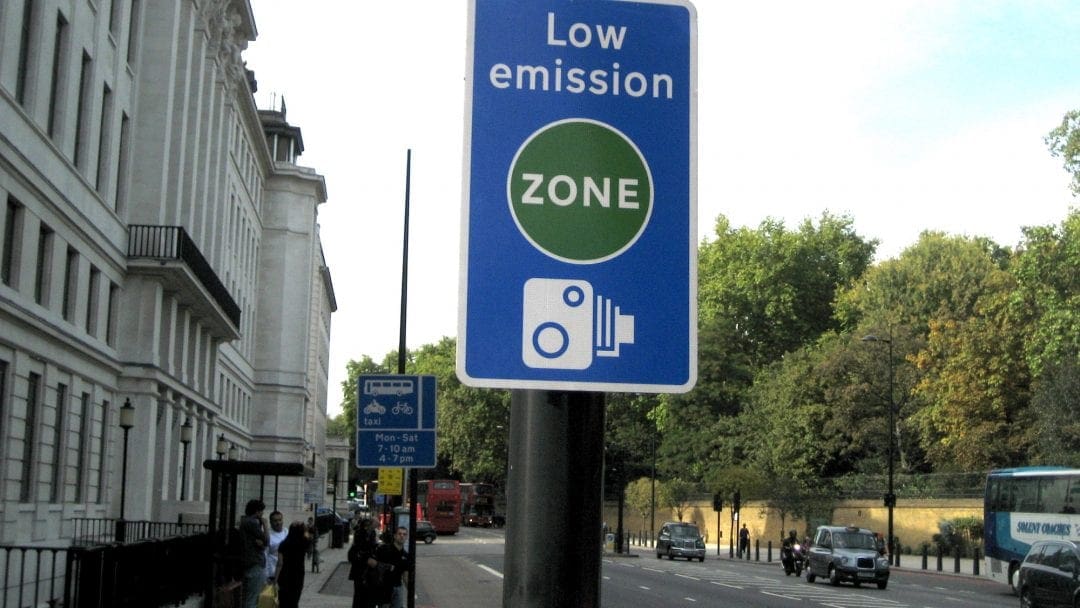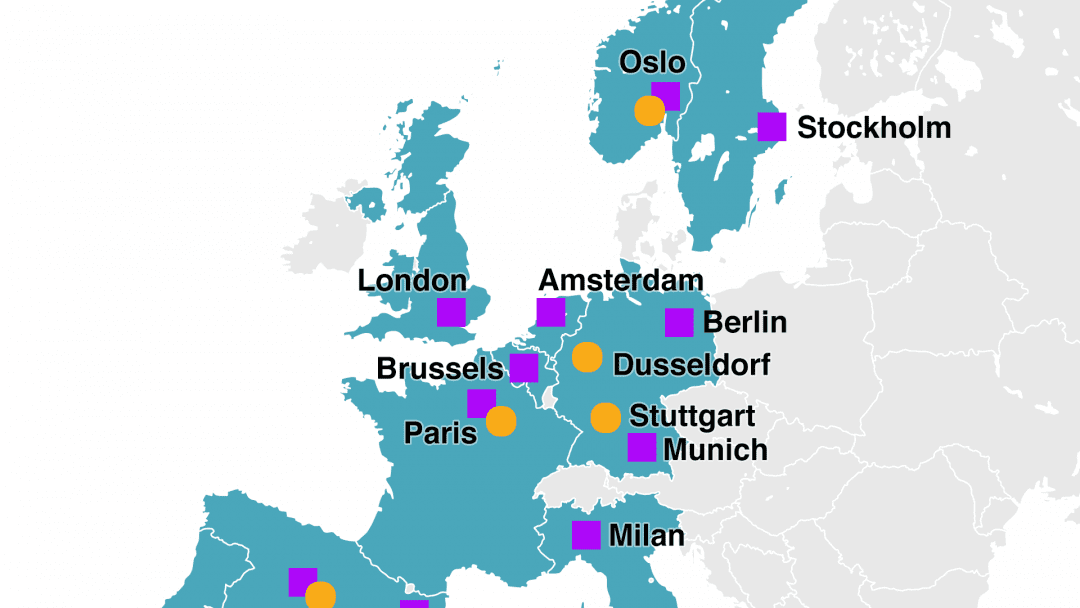A report from RideApart has shone a bit of light on the mechanics behind the UK’s target of reducing emissions by 2035 – and the results are rather impressive.
Europe has taken some pretty extreme measures over the years to cut down on pollution – and with low-emission rates gaining in popularity, they are keen to keep their streak up. The UK motorcycle industry is pretty used to the spiel at this point, having to adapt to the continent’s pollution standards and retire bikes that don’t meet the bar for cleaner air and clearer minds.

The UK has a pretty clever system, breaking current motorcycle models up into the relevant Euro-compliant standards, as seen below:
Euro 2 emissions compliant: Motorcycle models made as of 2005
Euro 3 emissions compliant: Motorcycle models made as of 2008
Euro 4 emissions compliant: Motorcycle models made as of 2017
For certain countries, the process to move toward a cleaner future has been gradual.

Barcelona, Spain, has introduced a Low Emissions Zone (Zona de Bajas Emisiones, or ZBE) that doesn’t allow Gas-powered cars made before 2006, diesel-powered vehicles made before 2000, and motorcycles made before 2003. While the limitations don’t seem that bad to a vintage engine lover, it takes some time to acclimatize.
London, England, is a country that has taken more radical approaches to cut emissions from the streets. On top of the Low Emission Zones littered throughout the country, London has added an Ultra-Low Emission Zone (ULEZ), in which only Euro 3 compliant vehicles are allowed. Some CAN use the roads when not compliant with the system – but the damage to the pocketbook can be a pain. Lack of compliance means purchasing a one-day pass for £12.50 ($17.66 USD) and the warning to stay within the required time limits. Any non-Euro compliant caught in the ULEZ without a pass will be slapped with a £1,000 ($1,413 USD) fine.
Other countries committed to cutting emissions include Italy, banning the use of two-stroke engines; France, whose goal is to have only Euro 4 compliant vehicles by 2025; and the Netherlands, currently on track to ban all vehicles powered by gas and diesel by 2030.
As much as we might hate to admit it, the world is changing. Just make sure when backpacking across Europe that you don’t get stuck with a retro bike in the wrong spot.



No Comment